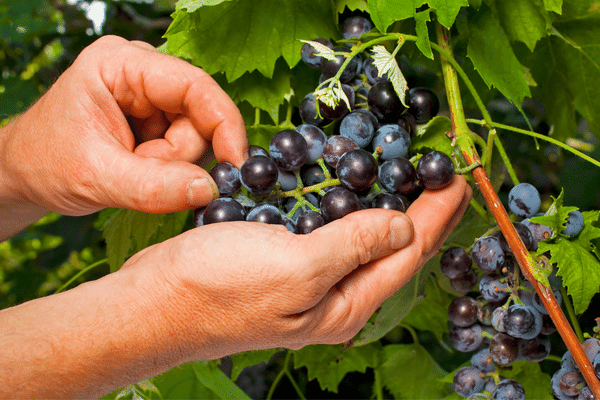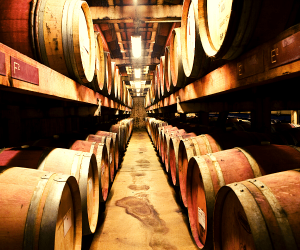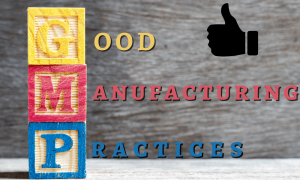Is Wine Inspected For Safety?
The FDA is busy inspecting food processors in their jurisdiction. This can cause angst for businesses caught up in FDA bureaucracy but it is a fact that food and beverage workers, who are subject to public consumption, have to deal with it. It’s not possible to argue against food safety, which is why we have the highest regarded alcoholic beverage industry in all of the world. The world knows that our products are safe. One reason is the FDA.
This post is intended to provide some comfort for FDA-compliant individuals (or small enough to fall outside the FDA’s inspection powers but still comply) and some guidance for those who have not yet gotten the message.
It may be beneficial to have a reliable and professional food safety consulting company working to make large or small wineries stay up to date with state regulations.
Important checklists are included at the end of this post. It is important to pay attention to the acronyms and the guidelines.
FEDERAL LAW, WINERIES AND THE VERY NARROW SMALL WINERY EXEMPTION
Federal law defines wineries as “food manufacturing plants”. Every winery must comply with this requirement.
(1) Register with FDA under the Bioterrorism (BTA) Act.
(2) Register every two years.
(3) Keep track of all food sources (e.g. grapes) as well as the destinations of food (in this instance, wine).
WINERIES WITH LESS THAN 11 EMPLOYEES, AND THAT SELL MORE THEN 50% OF THEIR PRODUCT OUTSTANDING THE FRONT DOOR (DIRECT to CONSUMER IS HOW WE INTERPRET THIS) ARE EXEMPTED FROM THIS REGULATION.
Wineries are considered “low-risk” food manufacturing plants because they kill pathogens during fermentation. Inspections of wineries are therefore a low-priority task for the FDA. The FDA has never visited most wineries. The FSMA is changing this.
THE FSMA PRIORITIES
In January 2011, the Food Safety Modernization Act (“FSMA”), which made major changes to food safety laws, was signed into law. The FSMA changed the focus of food safety regulations to prevent food contamination rather than responding to food poisoning.
The new FSMA law requires that all “low-risk” facilities, such as wineries, be inspected within seven years of its becoming law. This means that the FDA has increased inspections at wineries for 2022.
THE GOOD MANUFACTURING PRACTICES (“GMP”) AND THE SUBS APPLICABLE TO WINERIES
The Good Manufacturing Practices (“GMP”) regulations were also updated by the FSMA. The FDA noted that wineries are exempted from Subpart C (“Hazard Analysis & Risk-based Preventative Controls”) and Subpart G (“Supply-Chain Program”), which both require a written and documented food safety program at the facility.
However, wineries must comply with Subpart B (education, training and supervision of food hygiene and safety employees) and Subpart E (record-keeping).
FDA INSPECTIONS: NO PRIOR NOTICE REQUIRED. WHAT TO PREPARE FOR
The FDA is not required by law to notify prior inspections. To assist with inspections, the FDA partners with state agencies. In Washington, for instance, the inspection could be done by the Washington Department of Food and Agriculture (“WSDA”) in its place. There are also counterpart agencies in other states that perform the same functions as WSDA. The FDA has prepared for inspection of wineries. Wineries should therefore be prepared.
A winery’s best preparation is to conduct an internal inspection on compliance is ahead of time. This is our recommended checklist:
- One or two people should be designated by the winery to be on-site for inspections without prior notice.
- All documents required by wineries should be up-to-date. This includes Bioterrorism reporting of food ingredients received by wineries. You should also have copies of the approved COLAs readily available.
- Wineries need to be aware of the important changes made by the FSMA wineries. All employees must now receive education and training on food safety and hygiene. Two-year records must be kept by the winery of all training. Every employee must receive the training necessary to run the winery operations.
- A written flow chart of winery processes is helpful to demonstrate sanitation during winemaking. It should also contain monitoring that is done with the required frequency.
- FDA inspections have raised concerns about outdoor receiving products, washing and fermentation tanks. Wineries should document their efforts to ensure these processes and the surrounding area are as clean as possible. The FDA specifically raises concerns about birds, dogs, and cats that could infect grapes/juice.
- Every item in the winery must be clearly labeled. This includes spray bottles of sanitizer, etc.
- FDA is especially concerned about the cleanliness and sanitation of bottling areas/areas to prevent contamination during bottling.
- Wineries must comply with the Code of Federal Regulations (21 CFR110.35). The only toxic substances that can be stored or used in a facility where food is processed or exposed are:
(a) All those who are required to maintain clean, sanitary conditions.
(b) All those that are required for laboratory testing procedures
(c) All those necessary for maintenance and operation of plant and equipment;
(d) All items that are required for plant operations.
(e) All toxic cleaning chemicals, sanitizing agents and pesticide chemicals must be identified and held in a way that protects food, food-contact surfaces and food-packaging materials from contamination.
(f) Pets and pest control Pests are not allowed to enter any part of a food processing plant. It is essential to take effective measures to eliminate pests from processing areas as well as to prevent food contamination by pests. Only food-contact surfaces and food-packaging material are safe from pesticides and rodenticides. The CFR says that guide or guard dogs are allowed to be present in certain areas of plants if they are unlikely to cause contamination of food, food contact surfaces or food-packaging material.
- You must ensure that there is enough hot water, sufficient water pressure and adequate water supply for cleaning. Also, make sure all drainage and sewage systems are working properly.
- Employees with signage requiring hand washing must have adequate facilities for toilet use and hand washing.
A WINERY MUST ALSO KEEP TRACK OF EACH INGREDIENT USED TO PRODUCE, BOTTLE AND SHIP WINE.
The FDA does not prescribe any penalties. It reminds importers and food facility operators that violations of recordkeeping, registration, prior notice or prior notice requirements (once they become mandatory) are prohibited acts. Violators can be subject to civil or criminal prosecution. Imports from unregistered facilities and without prior notice can be held at the port of entry.
CONCLUSION: PREVENTATIVE MAINTENANCE WORKS
These checklists are not designed to fatigue your eyes. These regulations apply to nearly all wineries. Being prepared is better than being audited and found lacking, possibly fined, and facing future audits.




